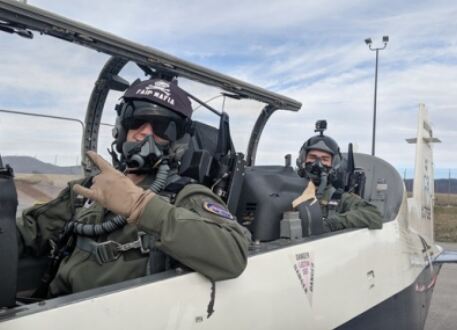
Aviation Industry Personal Protective Equipment (PPE).
Aviation workwear likely refers to the specialized clothing and gear worn by individuals working in the aviation industry. Aviation workwear is designed to provide protection, comfort, and functionality for those working in various roles within the aviation field, including pilots, ground crew, maintenance personnel, and airport staff. The specific workwear requirements can vary depending on the job roles and the aviation sector (e.g., commercial aviation, military aviation, private aviation).
Here are some common elements of aviation workwear:
Pilot Uniforms: Pilots often wear distinctive uniforms that include shirts, ties, blazers or jackets, and trousers or skirts. These uniforms are designed to reflect the airline's brand identity and typically include epaulets and various insignia to denote rank or experience.
Flight Suits: Flight suits are one-piece garments worn by pilots and aircrew. They are designed for comfort, ease of movement, and may include features such as zippered pockets, patches for nametags and unit insignia, and fire-resistant materials for added safety.
High-Visibility Vests: Ground crew and airport personnel often wear high-visibility vests or jackets to ensure they are easily seen by aircraft and vehicles on the tarmac.
Protective Gear: Maintenance and repair personnel may wear specialized workwear, including coveralls, gloves, and safety goggles, to protect them from potential hazards when working on aircraft or machinery.
Headgear: Depending on their roles, individuals in aviation may wear various types of headgear, including pilot hats, flight helmets, or safety helmets for ground crew and maintenance staff.
Footwear: Comfortable and safety-compliant footwear is essential for individuals in aviation. Pilots may wear dress shoes, while ground crew and maintenance personnel may require steel-toed boots for added protection.
Hearing Protection: In noisy aviation environments, hearing protection such as earplugs or earmuffs may be necessary to protect against hearing damage.
Eye Protection: Safety glasses or goggles may be worn to protect against foreign objects or chemicals when handling aircraft maintenance tasks.
Cold Weather Gear: In regions with cold climates, aviation professionals may have cold weather gear, including insulated jackets and pants, to keep them warm during outdoor duties.
Rain Gear: Waterproof clothing and gear may be needed for personnel working in wet or rainy conditions on the tarmac or during aircraft maintenance.
It's important to note that the specific requirements for 4-Aviation workwear can vary based on the organization, job function, and the particular safety and comfort needs of the aviation workers. Regulations and industry standards often dictate the minimum safety and uniform requirements in the aviation sector.